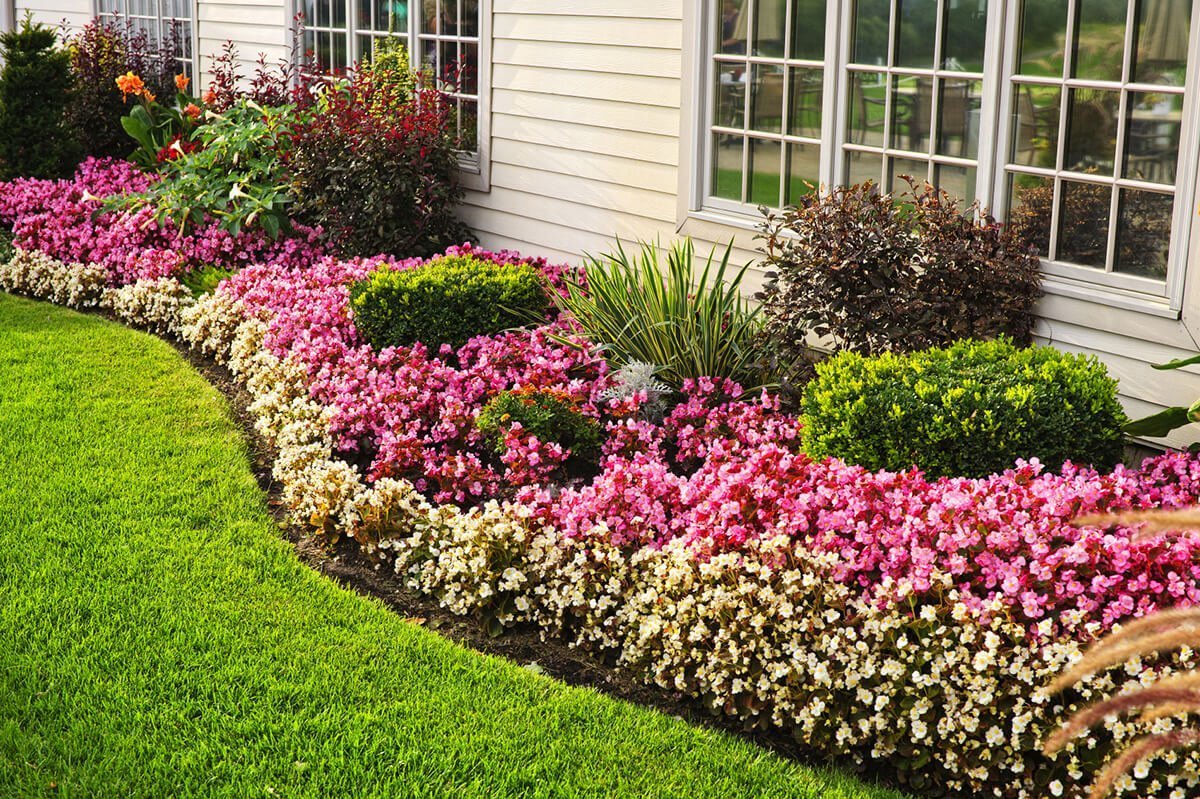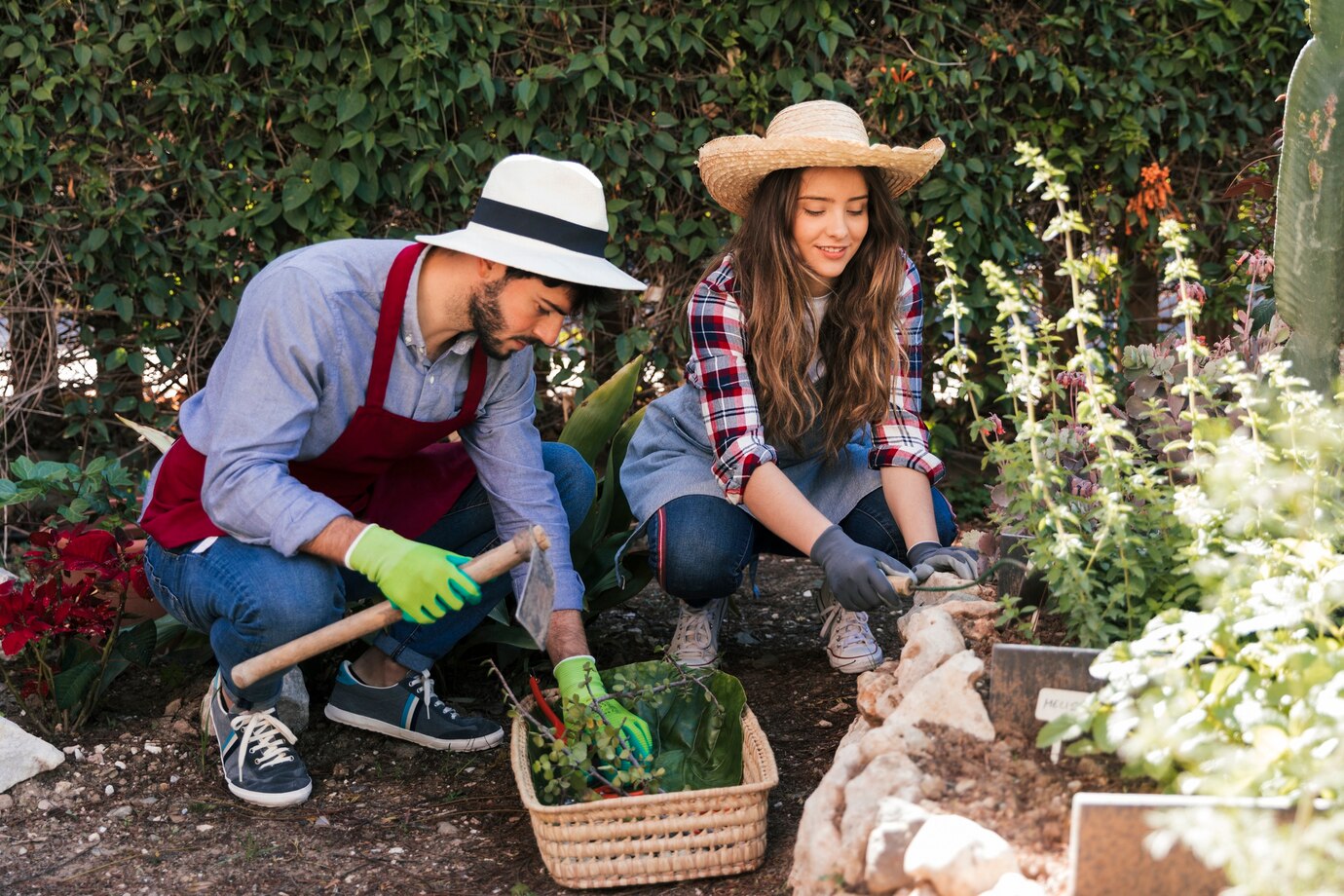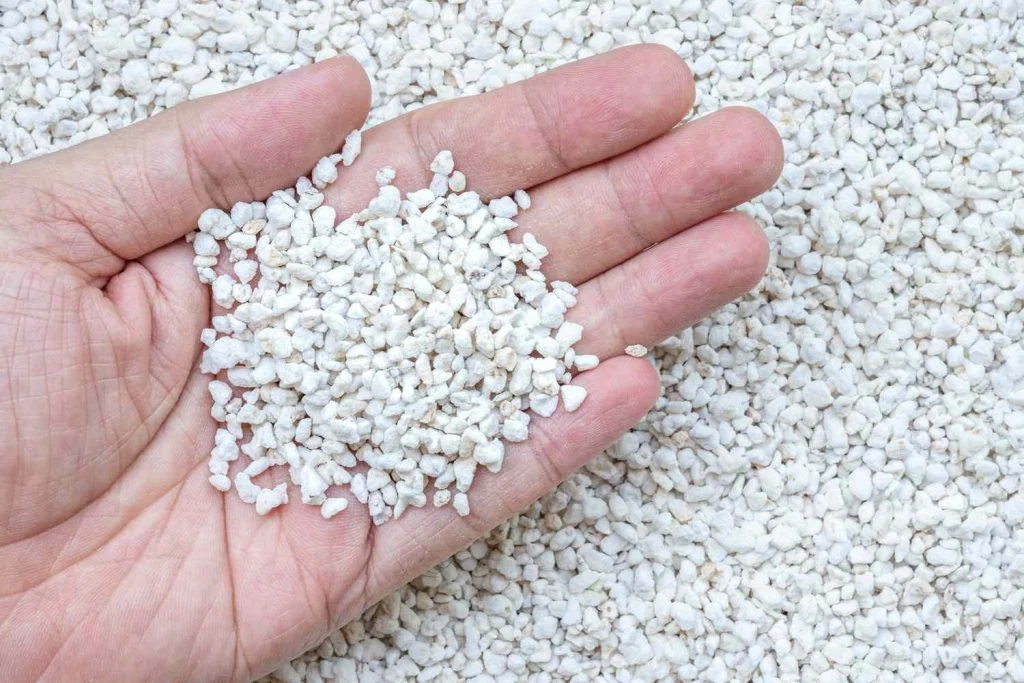There’s an endless variety of stunning flowers you can grow in your garden and even more creative ways to arrange them. Picking the perfect colors and blooms for your flower bed can feel overwhelming, especially if you’re new to gardening.
Every flower bed is unique. Some gardeners focus on attracting pollinators, while others aim to cultivate blossoms for fresh, homegrown bouquets. Whatever your goal is, we’ve compiled 20 stunning flower bed ideas to inspire your garden.
Table of Contents
TogglePlant for Pollinators
Invite beneficial wildlife like bees, butterflies, and hummingbirds into your garden by choosing pollinator-friendly plants such as asters, bee balm, butterfly bush, and more. Pollinators are eesential in maintaining the health of your local ecosystem and supporting biodiversity.
Arrange by Height
Create a natural flow in your flower bed by positioning shorter plants in front and taller ones toward the back. A classic example from a Swedish garden shows a neatly trimmed boxwood hedge as the front border, followed by perennials and shrubs of varying heights, finishing with a towering rhododendron at the rear.
Go All Green
For a lush yet understated look, try using only green plants with a variety of shapes and textures. This eye-catching bed showcases an eclectic mix of greenery, where the different shades, forms, and textures combine to create a rich and inviting garden space.
Create a Border Garden
Enhance your home’s curb appeal by establishing a border garden. Border gardens add vibrant color and texture that beautifully frame your landscape. It creates a smooth transition between different sections of your yard. They also serve practical roles like marking boundaries, reducing soil erosion, and attracting beneficial insects.
Design a Cottage-Style Flower Bed
You can design a cottage-core garden bed by combining roses, daisies, foxgloves, and delphiniums for a relaxed and romantic feel. These blooms bring a whimsical, storybook feel that perfectly complements a cottage garden vibe.
Plant Perennials for Three Seasons
Choose perennials that flower at different times of the year to keep your garden blooming continuously. This strategy also adds varied colors throughout the growing seasons. For example, a New England botanical garden’s fall display features blue caryopteris, pink anemones, and purple verbena, creating a beautiful autumn palette.
Create a Flower Bed for Cut Blooms
Grow your own bouquet right in your garden. A dedicated cut-flower bed not only beautifies your outdoor space but also lets you bring fresh blooms inside. Regular harvesting encourages the plants to grow stronger and produce more flowers. Plus, garden-picked flowers tend to last longer than those from the store.
Pair Opposite Colors
Using contrasting color combinations like purple with yellow, orange with blue, or red with green adds a striking visual impact to your flower bed. Bright yellow kniphofia paired with rich purple delphiniums, for example, create an eye-catching display that immediately draws attention.
Plant Scented Flowers
Fill your garden with fragrant blooms to create a calming sensory experience. Flowers such as jasmine, gardenia, sweet peas, lilies, and lilac offer delightful scents that turn your garden into a fragrant retreat. The bonus is that when you cut these flowers for indoor arrangements, you get to enjoy their intoxicating aroma all day long.
Use Various Shades of the Same Color
Planting flowers in multiple shades of a single color adds depth and interest while maintaining harmony. The soft lavender tones of ‘Camelot’ foxgloves paired with the pale purples of alliums and delphiniums create a beautiful spectrum of purples, perfect for bridging the late spring-to-summer transition.
Design a Drought-Resistant Garden Bed
Gardening can demand a lot of time, so opting for drought-tolerant plants can make care much easier. Unlike other garden styles, drought-resistant beds need little upkeep since irrigation and mulching are rarely necessary. Drought conditions also naturally curb weed growth.
Draw the Eye Upwards
Incorporate vertical elements like trellises alongside tall flowers to add height and make the most of your space. Climbing pink roses form a fragrant, towering backdrop, while the stately purple alliums rise several feet within their beds.
Incorporate Bunching Grasses
Add structure to your flower beds with clumping grasses like little bluestem and muhly grass. Bunching grasses stabilize soil, provide crucial habitats for beneficial insects, and attract pollinators and birds. Plus, they require minimal maintenance.
Plant Aromatic Herbs for Natural Pest Control
Keep unwanted insects at bay by incorporating aromatic plants into your flower beds. Strategically planting fragrant herbs and flowers like rosemary, lavender, rosemary, and marigolds creates a sensory retreat and naturally repels pests.
Use Warm, Fiery Colors
Bold, bright hues are eye-catching from afar. A mix of vibrant spring blooms in shades of burgundy, red, vermilion, and hot pink weaves a warm, striking tapestry that instantly energizes any garden space.
Incorporate Containers into Flower Beds
Adding containers filled with colorful annuals can bring extra height and dimension to your flower beds, especially in any empty areas you want to fill. Swap out the plants seasonally to keep your garden vibrant and fresh from winter through fall.
Add Texture with Stones
Create inviting pathways between your flower beds by installing pavers. This makes it easier for visitors to stroll through your garden and enhances the overall design. Select permeable paving stones to prevent water pooling and damaging your yard.
Introduce Soft Textures
Plants with delicate, feathery foliage help soften bold colors in a flower bed, lending a dreamy, romantic vibe. Many of these plants, such as yarrow, echinacea, sedum, and ornamental grasses, are fairly drought-resistant, making them both beautiful and practical.
Go All-In with Bulbs
Planting bulbs in the fall guarantees a vibrant display come spring. Many bulbs, like daffodils and grape hyacinths, multiply and spread yearly, giving you an increasingly abundant bloom. Some tulip varieties are perennial as well. Beds filled with white ‘Thalia’ daffodils, pink tulips, and blue grape hyacinths create a cheerful springtime spectacle.
Add a Mini Water Feature
Break up the greenery in your flower beds with a small water element. You can incorporate a charming bird bath or a petite pond, which adds a delightful surprise for you and your guests.



